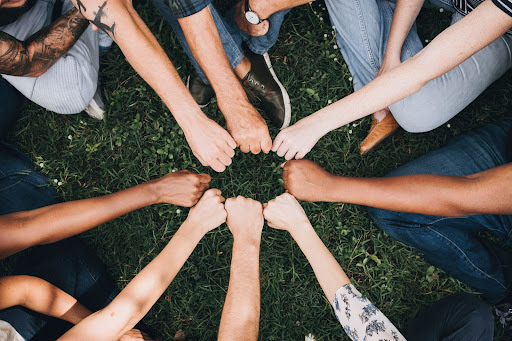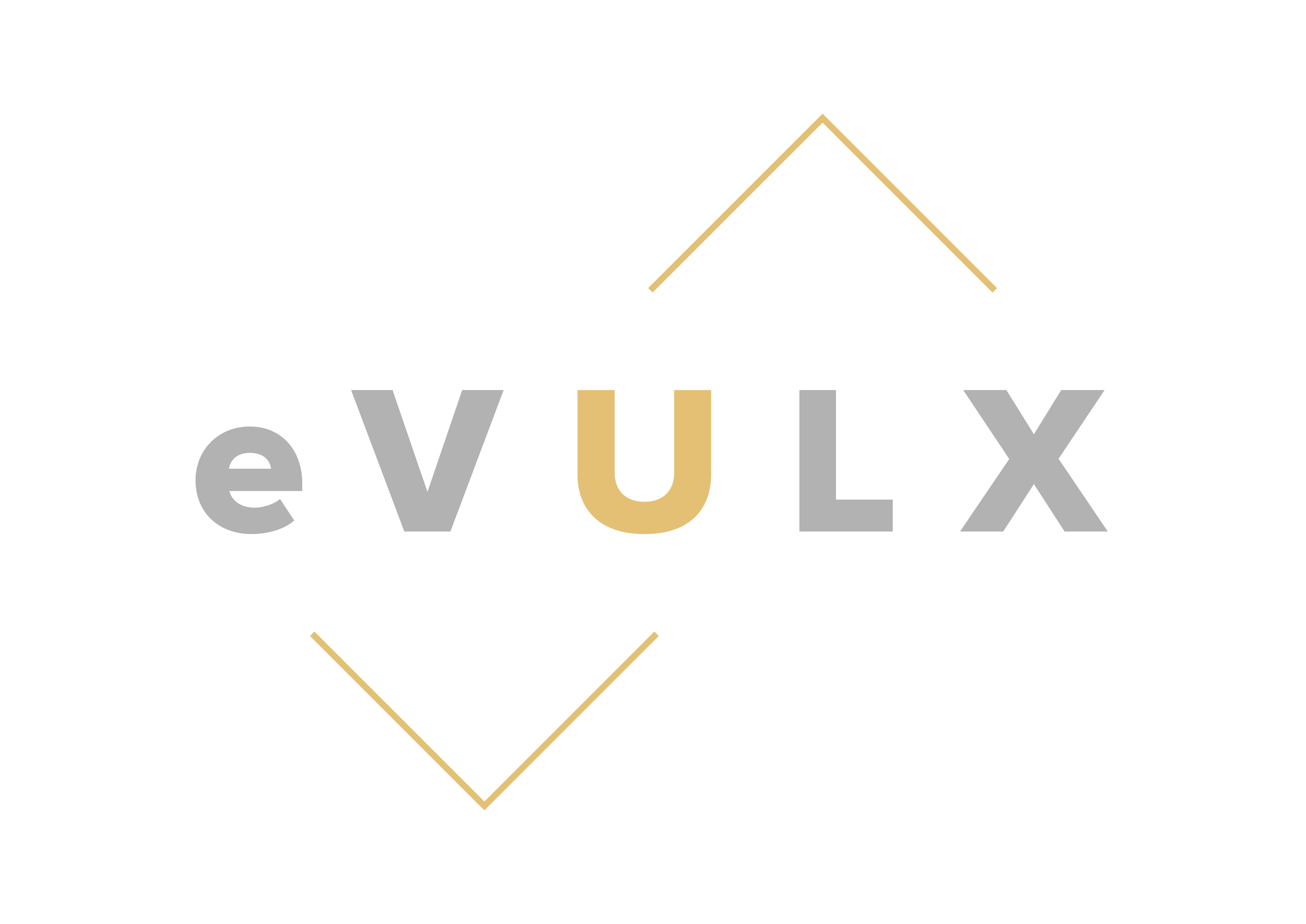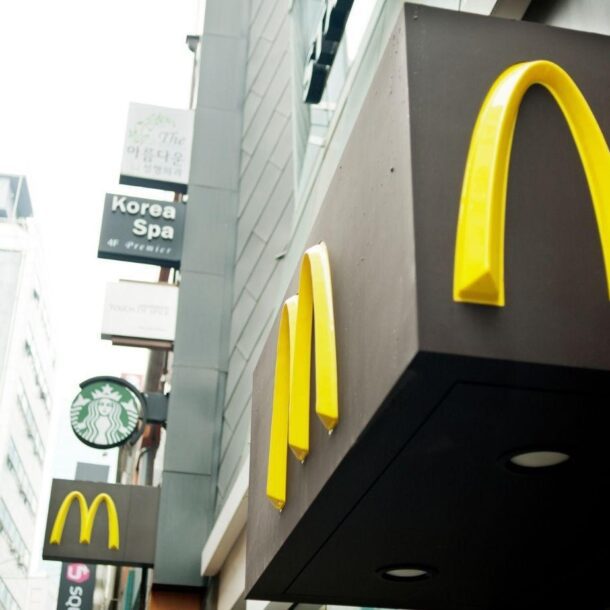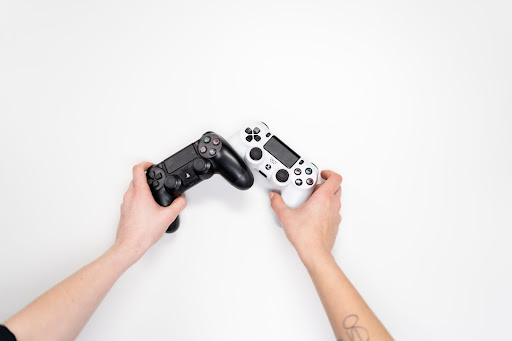
Want to Gamify Your Workplace? Avoid These 4 Mistakes At All Costs
Arun Nagarajah
May 17, 2022What is the basic goal of workplace gamification?
As a workplace manager, you’ve probably been hearing about gamification in the workplace as a solution to many of your issues. You may have dismissed it as a buzzword or something that’s only for kids and gamers. But before you disregard it as a fad, hear us out:
Gamification has been shown to increase employee engagement and boost productivity. It has also enabled companies to do more with less staff by making employees more efficient or directing them towards their goals using its motivational properties. The concept of gamification is simple: taking elements from games (such as points, badges, and levels) and applying them to tasks that people are already doing at work (like filing reports). Interest and productivity in these activities can be increased through positive reinforcement techniques such as rewards!
But, if you don’t analyze your gamification strategies in the workplace – and don’t plan accordingly, you can end up in a fix.. For your ease, here are four errors to look out for in a gamified workspace.
Related article: Effective Gamification and Game-based learning in the workplace
1. Only Focusing on Contests
What you don’t want to do is only focus on contests. Not everyone is motivated by competition, or enjoys it. You might choose to structure your workforce in ways that encourage friendly rivalry— or not! Competitive workplaces are not for everyone, and can have a negative effect on an individual’s performance. For example, workers who are not very competitive may feel dissatisfied with their jobs if they’re always losing to their colleagues. Additionally, the more competitive someone becomes at work, the greater chance there is that he or she might cheat or cut corners in order to gain an edge over others. This could lead some people to get hurt or engage in unethical behaviour.

Finally, consider the effects of over-competition on innovation and creativity within a company. When coworkers compete against each other instead of working together toward a common goal, they stop sharing ideas freely with one another and start hoarding them so as not to give away any advantage they might have in winning promotions or bonuses. It’s important for companies who want their employees’ to put aside their differences long enough to collaborate on new ways of doing things.
2. Lack of Commitments
Don’t forget to make commitments.
Set goals and learning objectives, and monitor them regularly. Gamification has momentum, but without structures in place to maintain it, you are likely to see participation drop off.
If there is one thing to remember, it’s that gamification needs to be designed for the users and not vice versa. The best way to do this is to create a ‘call-to-action’ where you set goals and learning objectives and monitor them regularly. Which keeps the motivation in sight and longs towards commitments.
Related article: How does Gamification affect motivation?
3. Similar Reward Incentives

Another error you can make is to have all the rewards be very similar. The more variety your game has, the more fun and challenging it will be—just as you would get bored if a game only had one item, you’ll get bored if there’s only one way to reward employees. Make sure that the rewards are relevant to the game, and that they’re relevant specifically for the players. For example, if you’re working at a factory where workers need to wear hard hats in certain areas, having special hard hat designs might be a fun reward for those who complete certain tasks quickly or well.
4. User Customisations
Customisation is key when it comes to engaging employees. A user-friendly interface and the ability for employees to customise their experience can take your gamified solution from basic to exceptional.
When you break down what makes a great gaming experience,, you’ll see that customization is at its core. It’s what keeps users coming back for more—to build on their characters and achievements, customising their game according to the way they like.
In workplace gamification, this means customising the game according to each employee. Using data, create a unique in-game profile for each person so they feel like they’re playing a game that was made just for them—one that puts their goals and needs first. Get creative with how much customization you offer your players—the more choices they have, the more ownership they will feel over their gaming experience. Consequently, the better engagement you will see as a result!
Gamification is a powerful tool to engage employees and drive them toward their goals. But, if you don’t use it right, you could go in circles. Using the right tactics, in the right manner, you can have the cake and eat it too. Get in touch with us for more gamified solutions.
9.08 & 9.09, Block E Phileo Damansara 1,
9, Jalan 16/11, 46350 Petaling Jaya, Selangor
Telephone: +60122254456
Email: [email protected]
(202001021557) (1377877-X)
All Rights Reserved




